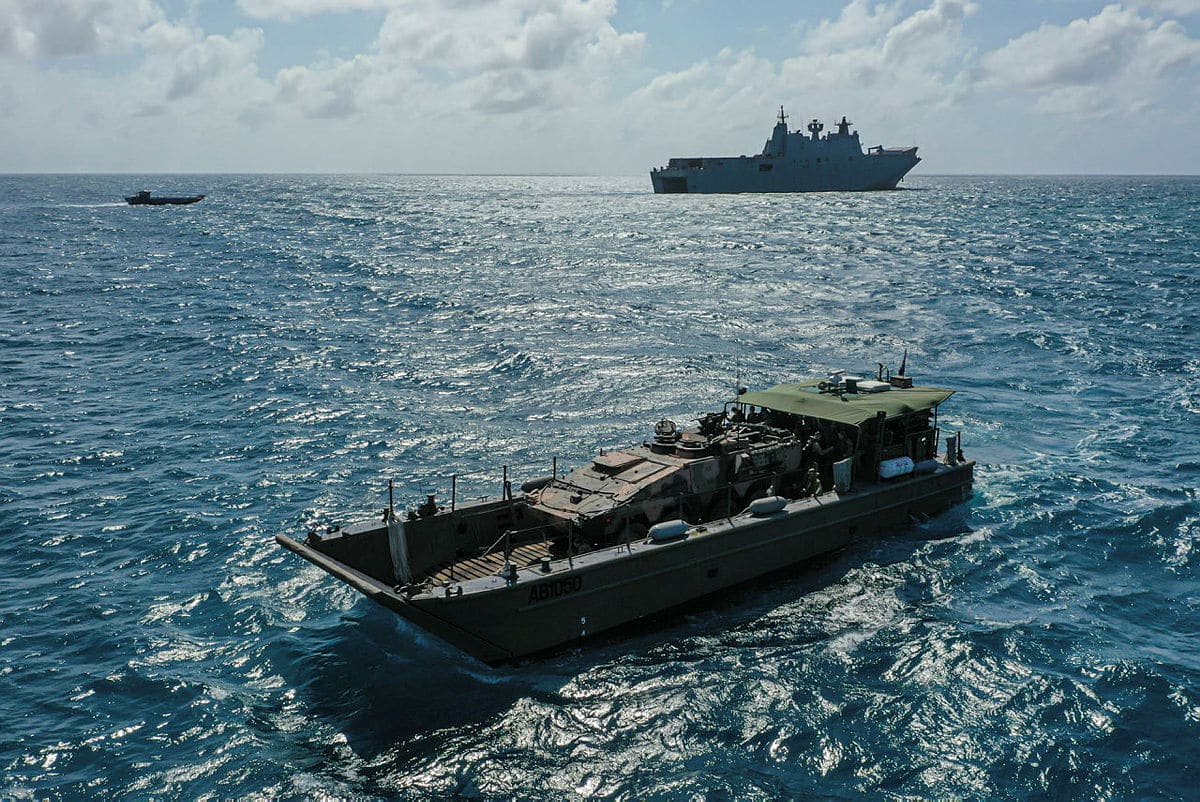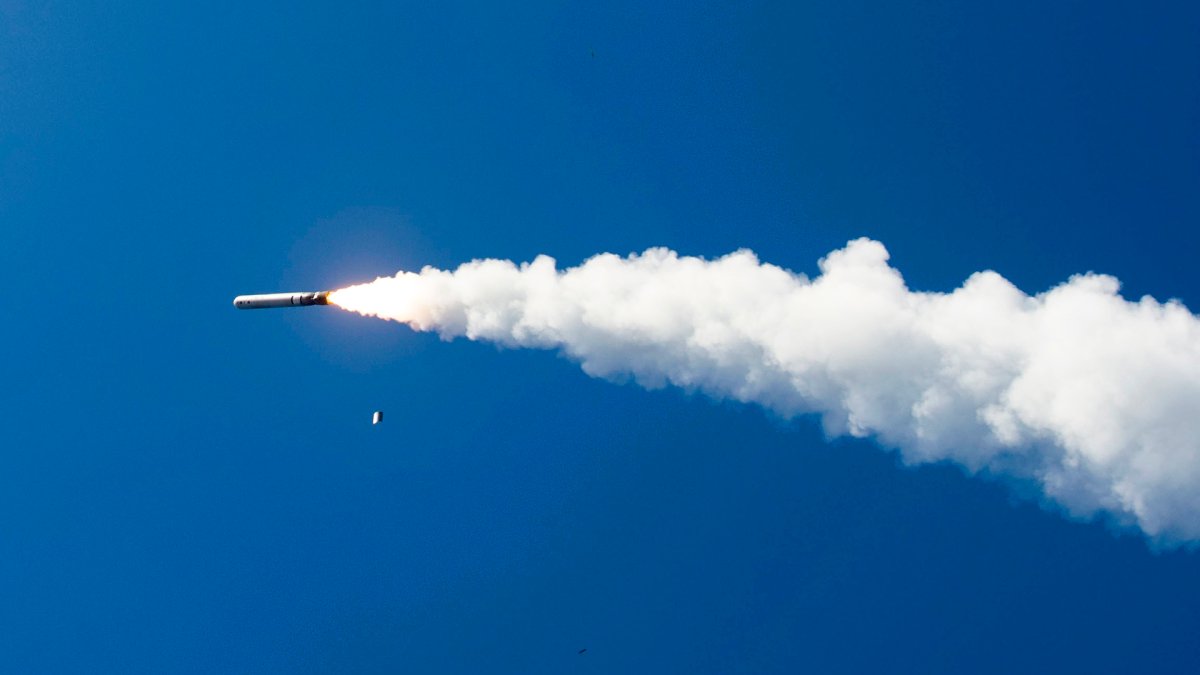I was looking at the speculated pictures of future littoral ships on page 26 of this article and noticed the increased size of heavy lift ships, is there any news to suggest its more than speculation at this stage?
2021 journal.pdf (ract.org.au)
I'd be confident this will all go ahead.
The LARC-V and LCM -8 have been solid workhorses for the ADF for decades.
This capability is still needed and should be replaced.
Cannot see this been delayed and expect a selected winner this year with first vessels IOC in 2026.
I hope the Littoral Manoeuvre Vessel – Medium (LMV-M) is not a missed opportunity.
Given these vessels are to big to be carried within the docking wells of the LHD's and Choules then size is not really a restraint, but for the need to be of a certain size to operate within the littoral environment.
I think judging by the contenders they are looking at around 1200 nautical miles for range and around 35m to 40m in length which I feel is realistically limiting for their intended operating environment.
My understanding is there are a lot of civilian landing / supply craft Like the “Bhagwan Mover operating and serving in the North and West that are just a bit bigger than these contenders.
Around 50 meters and 2500 Nautical miles would seem more appropriate for cargo capacity and range.
Should still be able to mate to the back of a LHD. ( Hopefully )
This size appears to hit the sweet spot of realistically serving the Australian coastline and also been able to visit regional off shore islands and Territories; something the intended designs maybe challenged with do to their size.
As to a landing ship heavy, this one is a mystery.
When is a vessel to big to park and extract it's self from a beach.
Is this the approach for a big logistic ship into the future.
If not
Do we want something for just port to port transport.
If independence of port facilities are needed, does it need connectors for Army's heavy equipment and therefore a docking well.
How big does that look.
Are we now straying into the Joint Support Ship territory.
I would of preferred combining the Littoral Manoeuvre Vessel -Medium and Heavy into the one class.
Navy could then get the big ships it needs for ADF combined operations.
Still begs the question as to what that would look like, but that's realistically for a different thread.
Cheers S




